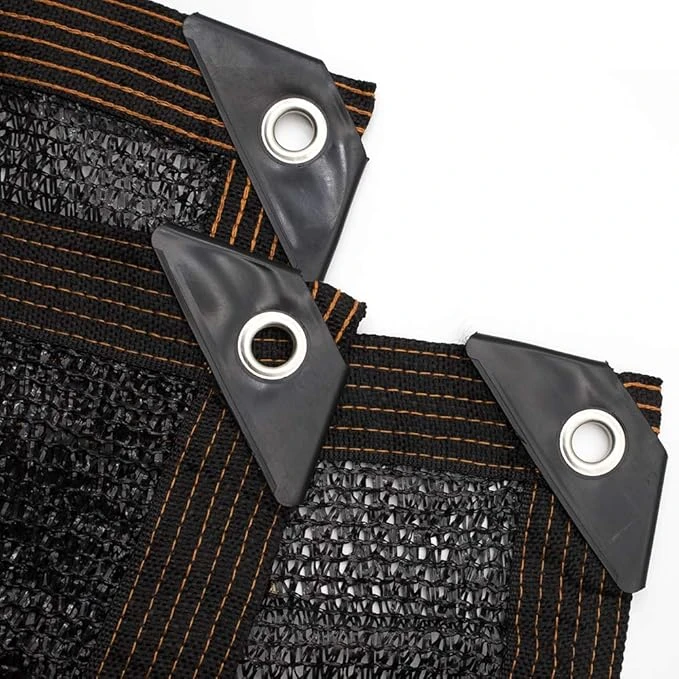-
 Afrikaans
Afrikaans -
 Albanian
Albanian -
 Amharic
Amharic -
 Arabic
Arabic -
 Armenian
Armenian -
 Azerbaijani
Azerbaijani -
 Basque
Basque -
 Belarusian
Belarusian -
 Bengali
Bengali -
 Bosnian
Bosnian -
 Bulgarian
Bulgarian -
 Catalan
Catalan -
 Cebuano
Cebuano -
 China
China -
 Corsican
Corsican -
 Croatian
Croatian -
 Czech
Czech -
 Danish
Danish -
 Dutch
Dutch -
 English
English -
 Esperanto
Esperanto -
 Estonian
Estonian -
 Finnish
Finnish -
 French
French -
 Frisian
Frisian -
 Galician
Galician -
 Georgian
Georgian -
 German
German -
 Greek
Greek -
 Gujarati
Gujarati -
 Haitian Creole
Haitian Creole -
 hausa
hausa -
 hawaiian
hawaiian -
 Hebrew
Hebrew -
 Hindi
Hindi -
 Miao
Miao -
 Hungarian
Hungarian -
 Icelandic
Icelandic -
 igbo
igbo -
 Indonesian
Indonesian -
 irish
irish -
 Italian
Italian -
 Japanese
Japanese -
 Javanese
Javanese -
 Kannada
Kannada -
 kazakh
kazakh -
 Khmer
Khmer -
 Rwandese
Rwandese -
 Korean
Korean -
 Kurdish
Kurdish -
 Kyrgyz
Kyrgyz -
 Lao
Lao -
 Latin
Latin -
 Latvian
Latvian -
 Lithuanian
Lithuanian -
 Luxembourgish
Luxembourgish -
 Macedonian
Macedonian -
 Malgashi
Malgashi -
 Malay
Malay -
 Malayalam
Malayalam -
 Maltese
Maltese -
 Maori
Maori -
 Marathi
Marathi -
 Mongolian
Mongolian -
 Myanmar
Myanmar -
 Nepali
Nepali -
 Norwegian
Norwegian -
 Norwegian
Norwegian -
 Occitan
Occitan -
 Pashto
Pashto -
 Persian
Persian -
 Polish
Polish -
 Portuguese
Portuguese -
 Punjabi
Punjabi -
 Romanian
Romanian -
 Russian
Russian -
 Samoan
Samoan -
 Scottish Gaelic
Scottish Gaelic -
 Serbian
Serbian -
 Sesotho
Sesotho -
 Shona
Shona -
 Sindhi
Sindhi -
 Sinhala
Sinhala -
 Slovak
Slovak -
 Slovenian
Slovenian -
 Somali
Somali -
 Spanish
Spanish -
 Sundanese
Sundanese -
 Swahili
Swahili -
 Swedish
Swedish -
 Tagalog
Tagalog -
 Tajik
Tajik -
 Tamil
Tamil -
 Tatar
Tatar -
 Telugu
Telugu -
 Thai
Thai -
 Turkish
Turkish -
 Turkmen
Turkmen -
 Ukrainian
Ukrainian -
 Urdu
Urdu -
 Uighur
Uighur -
 Uzbek
Uzbek -
 Vietnamese
Vietnamese -
 Welsh
Welsh -
 Bantu
Bantu -
 Yiddish
Yiddish -
 Yoruba
Yoruba -
 Zulu
Zulu
Comparative Analysis of Welded Mesh Fencing Costs and Options Available
Understanding Welded Mesh Fencing Prices
Welded mesh fencing has become an increasingly popular choice for both residential and commercial properties due to its durability, security, and versatility. However, when considering adding this type of fencing to your property, understanding the pricing structure is crucial. This article aims to provide insights into various factors affecting welded mesh fencing prices and what to expect when planning your budget.
What is Welded Mesh Fencing?
Welded mesh fencing consists of wire strands that are welded together at intersections to create a strong, rigid structure. This type of fencing comes in various shapes, sizes, and materials, making it suitable for numerous applications. It is often used for perimeter security, animal enclosures, garden fencing, and as a barrier for construction sites.
Factors Influencing Prices
1. Material Type The price of welded mesh fencing largely depends on the materials used in its construction. Common materials include galvanized steel, stainless steel, and PVC-coated wire. Galvanized steel is often the most economical option, while stainless steel is more expensive but offers superior rust resistance. PVC coating increases durability but can also add to the price.
2. Wire Gauge The thickness of the wire, measured in gauge, directly impacts the cost of welded mesh fencing. Thicker wires generally result in a more robust fence that can withstand harsher conditions but come at a higher price. The gauge typically ranges from 8 to 12, with lower numbers indicating thicker wire.
3. Panel Size The dimensions of the fencing panels can also significantly affect the price. Standard panel sizes may be more affordable due to mass production, while custom-sized panels are likely to incur additional costs. It's essential to consider the total linear footage of fencing required to properly estimate expenses.
welded mesh fencing prices

4. Height of the Fencing Taller fencing panels generally cost more than shorter ones, as they require more material and support. Moreover, taller fences may necessitate additional structural supports or concrete footings, further increasing costs.
5. Installation Costs While you may find affordable fencing materials, installation can add another layer of expense. Depending on the complexity of the project and the location, labor costs can vary significantly. DIY installation can save money, but hiring professionals may ensure a more secure and aesthetically pleasing outcome.
6. Location and Accessibility Geographic location plays a significant role in pricing. Urban areas tend to have higher costs due to increased demand for fencing and higher labor rates. Additionally, difficult access to the installation site can lead to increased labor and transportation costs.
7. Additional Features Optional features such as gates, post caps, and security enhancements (like barbed wire or electric components) will also impact the overall price. It’s crucial to consider these additions when estimating your budget.
Average Pricing
As of 2023, the average cost of welded mesh fencing can range from $10 to $30 per linear foot, depending on the aforementioned factors. Basic galvanized welded mesh panels can be found on the lower end of this spectrum, while custom options or those made from premium materials will generally command higher prices. It’s essential to get multiple quotes from suppliers and installers to find the best deal.
Conclusion
Investing in welded mesh fencing can enhance the security and appearance of your property. However, understanding the factors that influence pricing is vital for effective budgeting. By considering material choices, panel size, installation methods, and additional features, you can make an informed decision that meets both your needs and your budget. As you explore options, take the time to research reputable suppliers and contractors to ensure you receive quality materials and workmanship, ultimately leading to a worthwhile investment in your property's safety and aesthetics.
-
Shipping Plastic Bags for Every NeedNewsJul.24,2025
-
Safety Netting: Your Shield in ConstructionNewsJul.24,2025
-
Plastic Mesh Netting for Everyday UseNewsJul.24,2025
-
Nylon Netting for Every UseNewsJul.24,2025
-
Mesh Breeder Box for Fish TanksNewsJul.24,2025
-
Expanded Steel Mesh Offers Durable VersatilityNewsJul.24,2025











